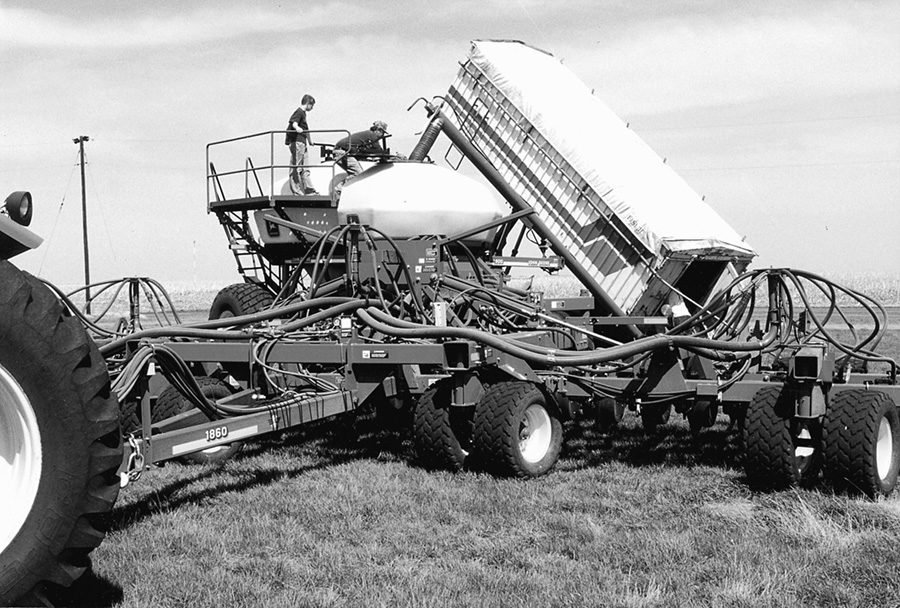No-Till Farmer
Get full access NOW to the most comprehensive, powerful and easy-to-use online resource for no-tillage practices. Just one good idea will pay for your subscription hundreds of times over.

As a young farmer, it bothered Ralph Holzwarth to see soil wash away after heavy spring precipitation and then blow away during long, hot summers. He thought there must be a better way.
After no-tilling for 12 years along the Missouri River in north central South Dakota near Gettysburg, where average annual precipitation is less than 20 inches, Holzwarth has learned a lot about soil quality, residue management and crop rotations.
While no-tillers in high rainfall areas see wet soils at planting time as a major disadvantage, Holzwarth perceives it as a blessing, knowing that eventually he’ll need that water if his no-till rotations are designed properly.
Where a blizzard dumped 12 inches of snow 2 weeks earlier, a 94-degree temperature fanned by a 35-mile per hour wind was sucking fields dry, and no-till wheat seeding was already underway last spring. It reinforced Holzwarth’s unwavering strategy of extremely low soil and residue disturbance, combined with a water-efficient no-till rotation with his 5,000-acre operation.
“Back in 1991-92, we thought a 3-year rotation of spring wheat, winter wheat and sunflowers or corn would work with no-tillage, but we quickly learned we just didn’t have the diversity needed to do the trick,” says Holzwarth.
A 1-year break before going back to wheat was not enough. In addition, two low-water use crops out of three did not efficiently use all the water saved with no-till. It was too wet too often.
A typical 4-year sequence now includes spring wheat, winter wheat…